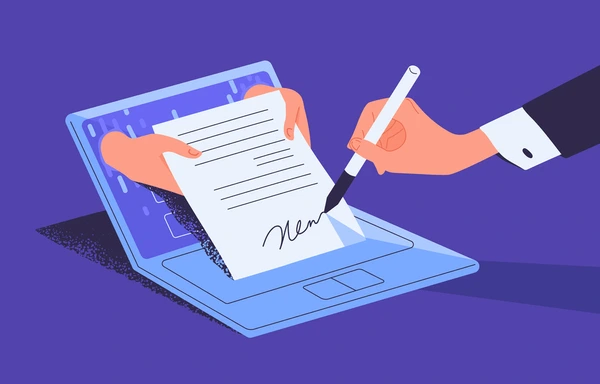In today’s digital world, document verification plays a crucial role in ensuring business security, regulatory compliance, and operational efficiency. From small startups to large enterprises, verifying documents is essential for mitigating fraud, maintaining trust, and streamlining workflows.
What is Document Verification?
Document verification is the process of validating the authenticity of documents such as government-issued IDs, passports, utility bills, business registrations, and contracts. This process helps confirm the identity of individuals and businesses, reducing the risk of fraud and identity theft.
Why Document Verification Matters for Businesses
- Fraud Prevention Fraud is a significant risk for businesses, especially those dealing with online transactions, financial services, and customer identity verification. Document verification helps prevent identity theft, fake credentials, and forged documentation.
- Regulatory Compliance Many industries are required by law to perform document verification to comply with Know Your Customer (KYC) and Anti-Money Laundering (AML) regulations. Failure to comply can result in hefty fines and reputational damage.
- Building Customer Trust When customers know that a business takes verification seriously, they are more likely to trust the organization with their personal data and transactions. This is particularly important for e-commerce, fintech, and online service providers.
- Enhancing Operational Efficiency Automated document verification solutions reduce manual effort, speed up onboarding processes, and minimize human errors. This leads to a smoother customer experience and increased productivity.
- Protecting Business Reputation A single fraudulent transaction or regulatory violation can severely impact a company’s reputation. By implementing robust document verification, businesses can safeguard their brand image and prevent potential legal repercussions.
How Document Verification Works
Document verification typically involves several steps:
- Document Capture: Users upload or submit their documents through an online portal.
- Data Extraction: Optical Character Recognition (OCR) extracts information from the document.
- Authenticity Check: Advanced AI and machine learning analyze security features, watermarks, and text consistency.
- Face Matching (Optional): In cases requiring identity verification, facial recognition is used to compare the document photo with a live selfie.
- Approval or Rejection: The system verifies the document’s legitimacy and provides results instantly.
Choosing the Right Document Verification Solution
Businesses need a reliable verification partner to streamline the process. Pruvly offers cutting-edge document verification and authenticity checks, ensuring businesses can confidently verify documents with high accuracy. Pruvly’s AI-powered solution helps businesses of all sizes stay compliant, secure, and fraud-free.
Conclusion
Document verification is not just an option but a necessity for modern businesses. Whether you’re a startup, SME, or multinational corporation, implementing a robust verification process protects your business, builds trust, and ensures compliance.
Is your business leveraging document verification effectively? Now is the time to integrate the right tools and protect your organization from fraud and compliance risks!




